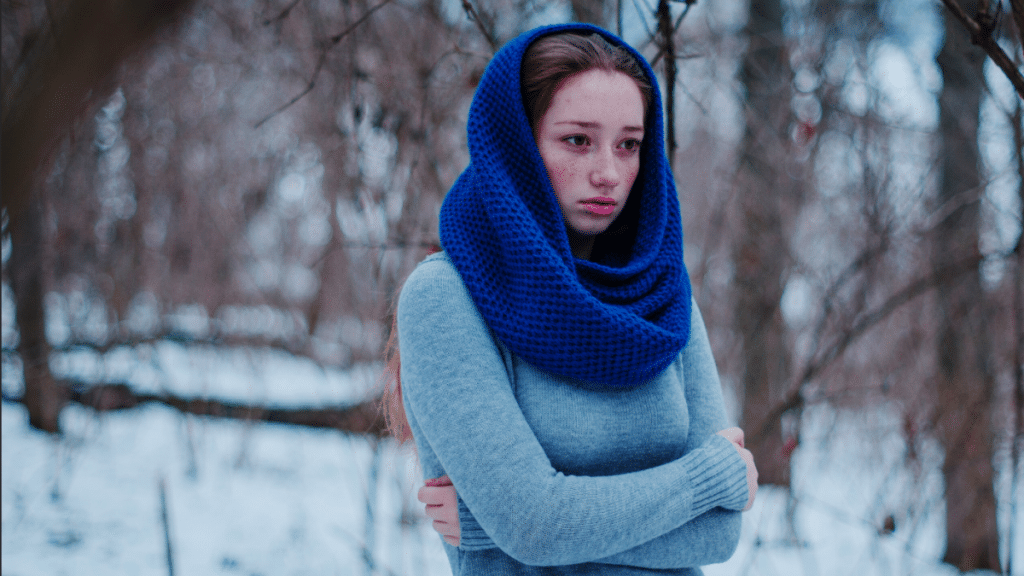Feeling the winter blues? It could be something more serious.
Yes, Seasonal Affective Disorder (SAD) is a type of depression that can be brought on by a shift to the colder, darker months. The truth? Some people feel it more than others. A great deal of us appear to be emotionally immune to the changes in the weather. But if you are part of the 5% of American adults who start to feel down when the climate grows gloomy, you might like to consider getting checked and treated for SAD.
The good news? Seeking psychiatric care from registered counselors who have attained mental healthcare-related degrees such as a Masters in Counseling Psychology online can help SAD sufferers navigate the symptoms and causes of the disorder, and help them work towards a cure.
Let’s explore.
Common Symptoms of Seasonal Affective Disorder
Although seasonally patterned, the symptoms of SAD can be likened to those of a major depressive disorder. Just like depression, SAD can be characterized by the following common symptoms:
- Intensely low moods – which can impair our ability to enjoy activities we would usually find pleasurable.
- Apathy and loss of interest in our usual passions and pursuits.
- A dramatic increase in appetite, in particular cravings for carbohydrates.
- Fatigue, exhaustion, and a lack of physical, mental, and emotional energy.
- Reduction in our ability to focus, concentrate, and think clearly.
- Sensations of worthlessness, low self-esteem, and decreased confidence.
- In some cases, suicidal ideation.
Left untreated, the symptoms of SAD can be highly detrimental to a person’s mental well-being, as well as their quality of life.
What Causes Seasonal Affective Disorder?
There are a few factors at play when it comes to the causes of Seasonal Affective Disorder.
Some of the most recognized include:
Disruptions to our Circadium Rhythm
Also known as our internal, biological clock, our circadian rhythm plays a major role in regulating our mood and sleep cycles. When disrupted, this can cause emotional imbalance, and lead to the development of mood disorders like depression and SAD.
A Decline in our Serotonin Levels
Serotonin – the brain’s ‘happy chemical’ – is a neurotransmitter that has a dramatic influence on our mental well-being. For optimal cognitive functioning and health, our serotonin levels need to be maintained at a positive level. For some people, serotonin production can drop off in the winter months, leading to low moods and a general sense of unhappiness.
Imbalances in our Melatonin Levels
Melatonin is essential to ensure quality sleep. But when it’s overproduced, it can cause us to become drowsy, lethargic, and excessively fatigued. As it gets darker when winter draws near, it’s common for our melatonin production to kick into overdrive.
In combination, these mood-modifying factors can cause us to develop symptoms which could indicate that we would benefit immensely from treatment for SAD.
Treatments for Seasonal Affective Disorder
If you’re suffering from SAD, there are several different treatments for Seasonal Affective Disorder you can draw on. Some of these include:
UV Light Exposure
If you feel down, drowsy, and lacking in energy, exposing yourself to UV light could be the cure.
Try a seasonal depression lamp or professionally performed light therapy – anything that exposes you to the antidepressant effects of full-spectrum light and mimics the feel-good fuzzies we soak up from being in the sun.
Medication and Dietary Supplements
While it is inconclusive that dietary supplements like vitamin D can help ease the symptoms of SAD, there are links between vitamin D deficiency and seasonal affective disorder which could indicate its usefulness in treating the illness.
Failing that, antidepressant medications can often provide the mental support SAD sufferers need to get through their seasonal low moods.
Psychotherapy
Finally, never discount the power of psychotherapy, or talk therapy, to help you get through those rough patches when you – quite literally – can’t see the light.
There you have it – the symptoms, causes, and treatments for Seasonal Affective Disorder.
If, like many others, you feel that you may be experiencing any of these symptoms, the good news is that you can get help.
By attending a psychotherapy session, exposing ourselves to much-needed UV light, or taking antidepressant medication, there is a way out of the cycle of SAD.
